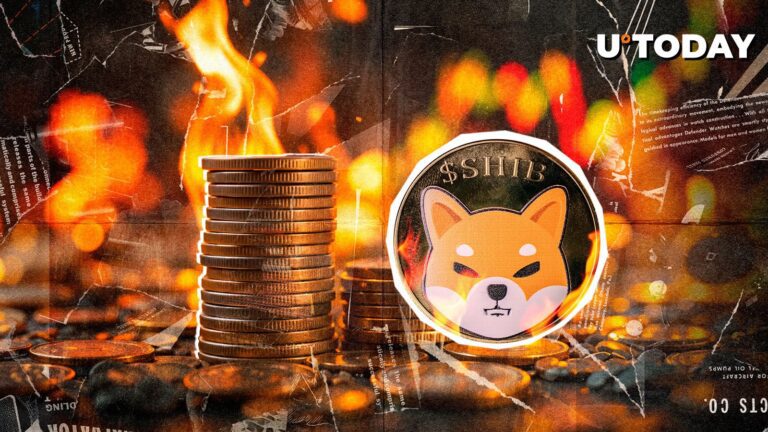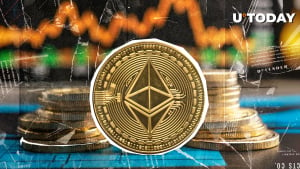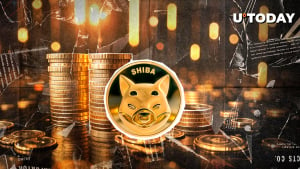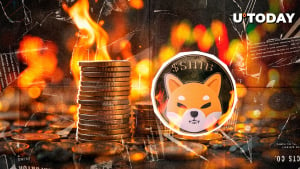What is burning shib?
The combustion of tokens is a deflationary mechanism widely used in cryptocurrency projects, aimed at definitively eliminating traffic tokens to reduce the total supply. This is done by sending tokens to a designated and inaccessible portfolio known as the burning address, ensuring that they can never be recovered or used again.
The main objective of this strategy is to create a rarity, which, in theory, can lead to an increase in the value of the remaining tokens if the demand remains stable or increases. Many cryptocurrencies have adopted the combustion of tokens as a method for managing inflation, controlling supply and influencing the feeling of investors.
By gradually decreasing the number of tokens available, projects seek to improve the perceived value of their digital assets over time.
Shiba Inu Supply Challenge
Shiba Inu (SHIB) was introduced in August 2020 with a huge initial offer of almost 1 quadrillion of tokens, which makes the prospect of achieving high price targets such as $ 0.01 or $ 1 particularly difficult.
Unlike Bitcoin, which has a fixed offer of 21 million parts, the huge circulating offer of Shib means that even a centime fraction, its market capitalization remains substantial.
To solve this problem, the community and Shib development team has implemented various burning mechanisms aimed at gradually reducing the supply in circulation, thus increasing the rarity and potentially increase the value of the token.
Notable shib burns
One of the most important burning events in the history of Shib has occurred when the project team transferred half of the total supply to the co-founder Ethereum Vitalik Buterin.
This decision not only generated immense advertising for the project, but also played a strategic role in deflating the supply of the token. Rather than holding or selling the shib that he received, Buterin burned 90% of his assets, which were valued at around $ 7 billion at the time.
The remaining 10% was donated to a COVVI-19 rescue fund in India. This decision has considerably reduced the supply of SHIB while simultaneously establishing a precedent for other burning efforts in the community.
How the burns work
The shib burning mechanism works through manual and automated processes. In Manual Burns, the members of the community voluntarily send shib tokens to the designated burning wallets, permanently removing them from traffic.
This is often carried out by organized burning events or promotional initiatives within the Shib Ecosystem. Automated burns, on the other hand, are facilitated by the blockchain of layer 2 of Shiba Inu, Shibarium, which incorporates an automatic combustion characteristic.
Part of the transaction costs on Shibarium is used to buy and burn Shibets, guaranteeing a constant reduction in the offer as the volume of transactions increases. Platforms like Shibburn follow and monitor these burns, providing real-time data on the number of tokens withdrawn from traffic.
Currently, more than 410 billions of sampon tokens have been burned, leaving approximately 583 billions still in circulation.
Will the price of shib reach $ 0.1?
Despite these efforts, the achievement of ambitious price targets such as $ 0.01 has significant challenges. One of the largest obstacles is the requirement for market capitalization.
If Shib was to reach $ 1 without other burns, its market capitalization would exceed 589 billions of dollars, which is much higher than the entire world economy.
Even at $ 0.01, the market capitalization would still exceed 5 billions of dollars, an unrealistic assessment in current conditions. Another challenge is the burning rate itself, which remains too slow to have an immediate impact on the price.
At the current rate, it would take thousands of years to burn enough tokens to make the price of $ 1 feasible.
In addition, large -scale burns require significant participation in the community, but many investors are hesitant to burn their own assets because it means destroying their assets without any increase in guaranteed value.
Although the combustion of tokens remains an important part of the SHIB strategy, the growth of long -term prices will ultimately depend on real use cases and the development of ecosystems.
The adoption of shibarium should contribute to current burns as the volume of transactions increases. In addition, the SHIB team is actively working on the integration of the token in games and metavers, which could stimulate demand.
More and more companies are also starting to accept SHIB as a method of payment, legitimizing its role in the digital economy more.
The Shiba Inu community has made significant progress in reducing the token supply through Burns, but reaching ambitious price milestones such as $ 0.01 or $ 1 remains very unlikely to be accompanied of a generalized adoption and a real utility.
Although the burn can create a rarity, the true appreciation of value will depend on sustained demand, continuous innovation and a strong ecosystem. Investors should approach SHIB with realistic expectations and closely monitor the developments on the project.




